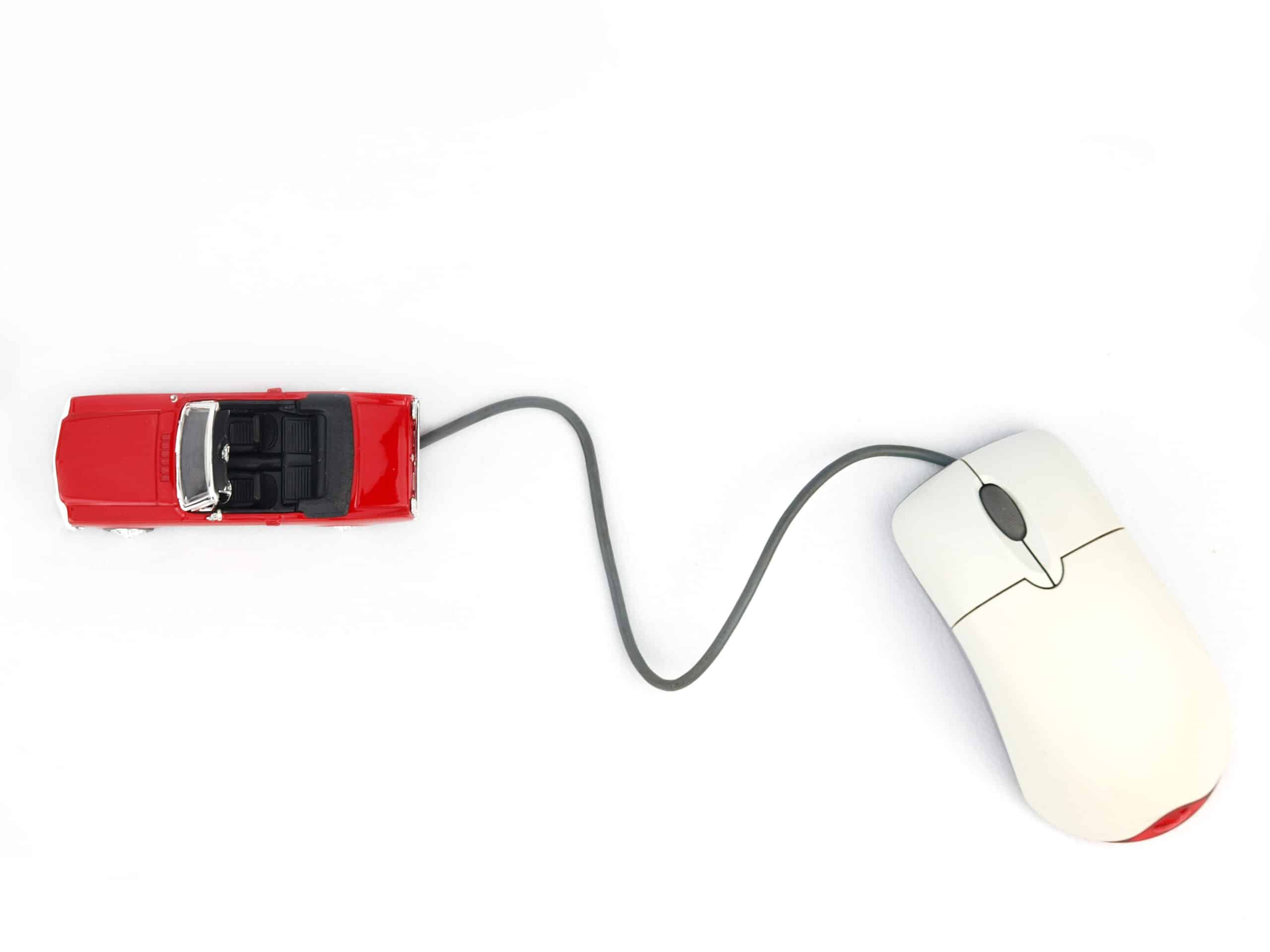Credit Acceptance Expands Subprime Lending While Losses Spike
 While some lenders in the subprime space are pulling back, Credit Acceptance Corp. continues to originate higher loan volumes, extend loan terms, and experience greater levels of default, according to the company’s second-quarter earnings report.
While some lenders in the subprime space are pulling back, Credit Acceptance Corp. continues to originate higher loan volumes, extend loan terms, and experience greater levels of default, according to the company’s second-quarter earnings report.
The lender originated 77,317 loan contracts in the quarter, up from 76,520 contracts during the same quarter the year prior. The originations rise has allowed the company to grow its overall portfolio size to $4.6 billion in the second quarter — a 21% increase year over year.
However, the company charged off $6.2 million in the quarter, compared to $4.2 million in the prior-year period — a 47% increase. That was not paired with a dramatic rise in recoveries, which brought $500,000 back to the balance sheet, up from $400,000 the year prior.
Meanwhile, loan terms continue to rise to an all time high of 54 months, but Chief Executive Brett Roberts said on the earnings call that it has not impacted the collection rates.
“What we’ve said [in the past] is that if you take the exact same loan and you stretch out the term, our collection forecast and the results would show that the amount that you’re going to collect is going to be less,” Roberts said. “But, that typically isn’t what happens if you do a longer term. You typically get a different customer and vehicle mix.”
Credit Acceptance has an different origination model compared to other lenders in the space. The company has a “portfolio program,” in which Credit Acceptance advances money to dealers to originate loans, as well as a “purchase program,” in which dealers sell loans they have already originated to the lender for a one-time lump sum.
The company doesn’t report delinquencies because of this model and the subprime nature of the portfolio — 95% of loans had a Fico score of 650 or below or no score at all. Instead it reports forecasts for how much it anticipates collecting on the pool of loans.
For loans purchased in the second quarter, Credit Acceptance initially forecasted a collection rate of 64.4%, and so far has performed 100 basis points better than that. However, the collection rate forecasts remain among the lowest the company has predicted since 2008, yet is higher than the 2015 vintage has actually performed over time.
The company was able to increase its overall number of active dealers by 6.3%, however, average volume per active dealer is down 5.6%.
“New dealer signups were OK; they were better than last year’s second quarter, but sequentially, we had a decline in active dealers,” Roberts said. “I guess the goal obviously is to sign up more dealers than we are losing. We didn’t do that in 2Q, but we hope to do that in the future.”















